Slow fashion vs fast fashion: Sustainability is a complex concept, but what about brands’ challenges and opportunities?
The ultimate goal of sustainable fashion is to reduce carbon emissions and resource waste by slowing down clothing production and consumption on a global scale. An environmentally responsible movement, slow fashion is the exact opposite of fast fashion. While fast fashion describes businesses bringing to market as many collections as possible as quickly as possible, slow fashion implies this new greener way to manufacture, design, and sell items that cannot compete with the first model when it comes to the volumes produced. This is indeed a relevant part of what slow fashion is all about.
With sustainable development becoming imperative for all industries, slow fashion encompasses slow production and consumption. Slow production does not exploit natural and human resources to speed up manufacturing processes, and slow consumption entails a longer product lifespan. Compared to fast fashion, slow fashion brands generally have these characteristics: better fit/greater attention to detail; greener/higher quality fabrics; less material waste/pollution and more corporate social responsibility.
In their study “A theoretical investigation of slow fashion: sustainable future of the apparel industry,” authors Sojin Jung and Byoungho Jin from the Department of Consumer, Apparel and Retail Studies at the University of North Carolina summarise how slow fashion is a broader concept than environmental sustainability alone. Slow fashion does indeed embrace: caring for producers and local communities for sustainable life (equity and localism); connoting history for the perceived sustainable value of products (authenticity); seeking diversity for the sustainable fashions world (exclusivity); and maximising product lifespan and efficiency for a sustainable environment (functionality).
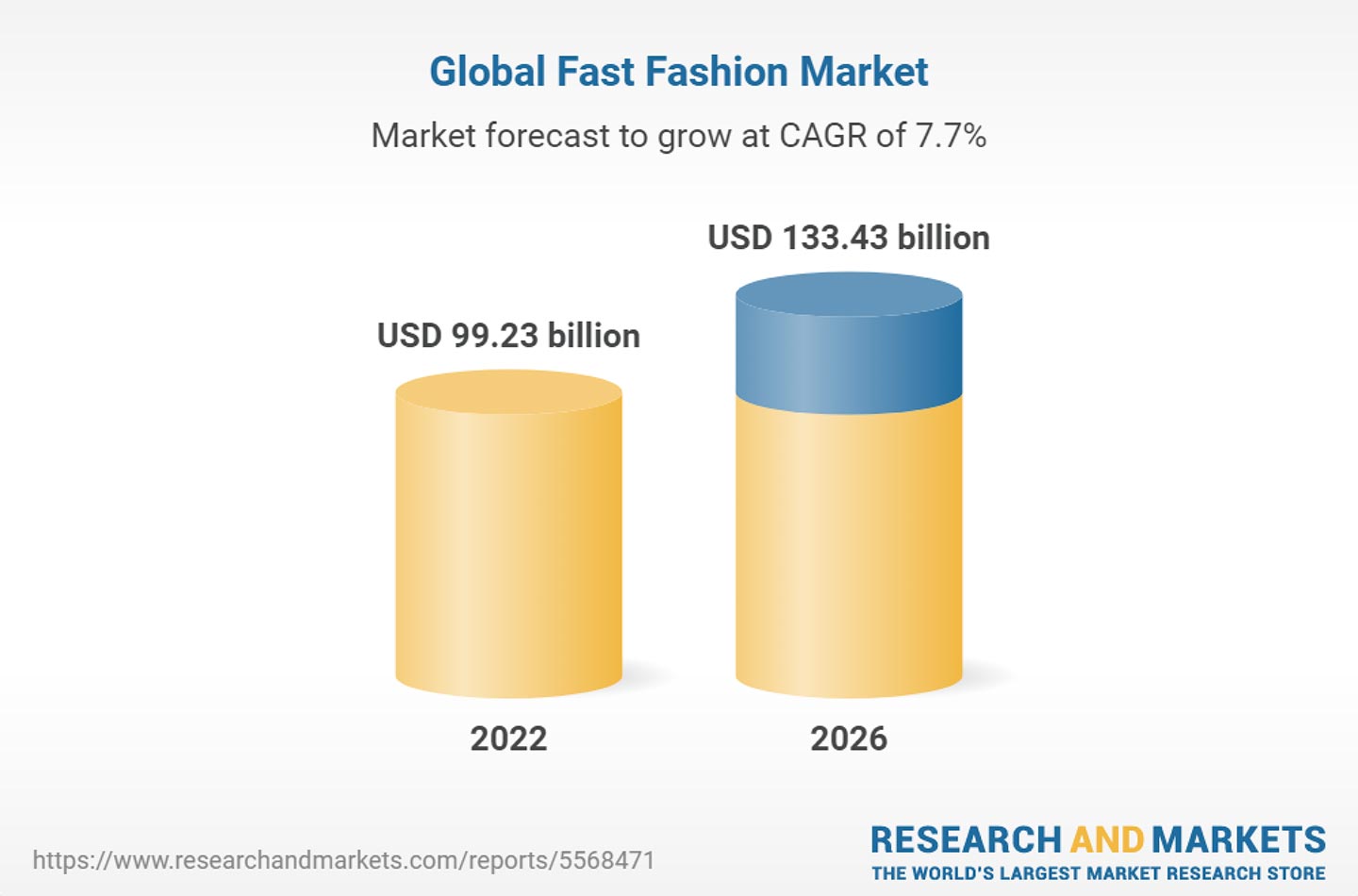
Source: Research and Markets, Fast Fashion Global Market Report 2022
China’s most prominent slow fashion brand: klee klee
No longer a trend but a way of thinking about the future, sustainability is entering the Chinese market by changing consumption habits and preferences. The roster of China’s up-and-coming sustainable fashion brands includes klee klee, SiiZU, Ziran, R Collective, ICICLE, Angel Chang, Krop and Bastine, to name a few. Chinese pioneers taking the global fashion stages, these brands are growing to convert the country’s traditional consciousness.
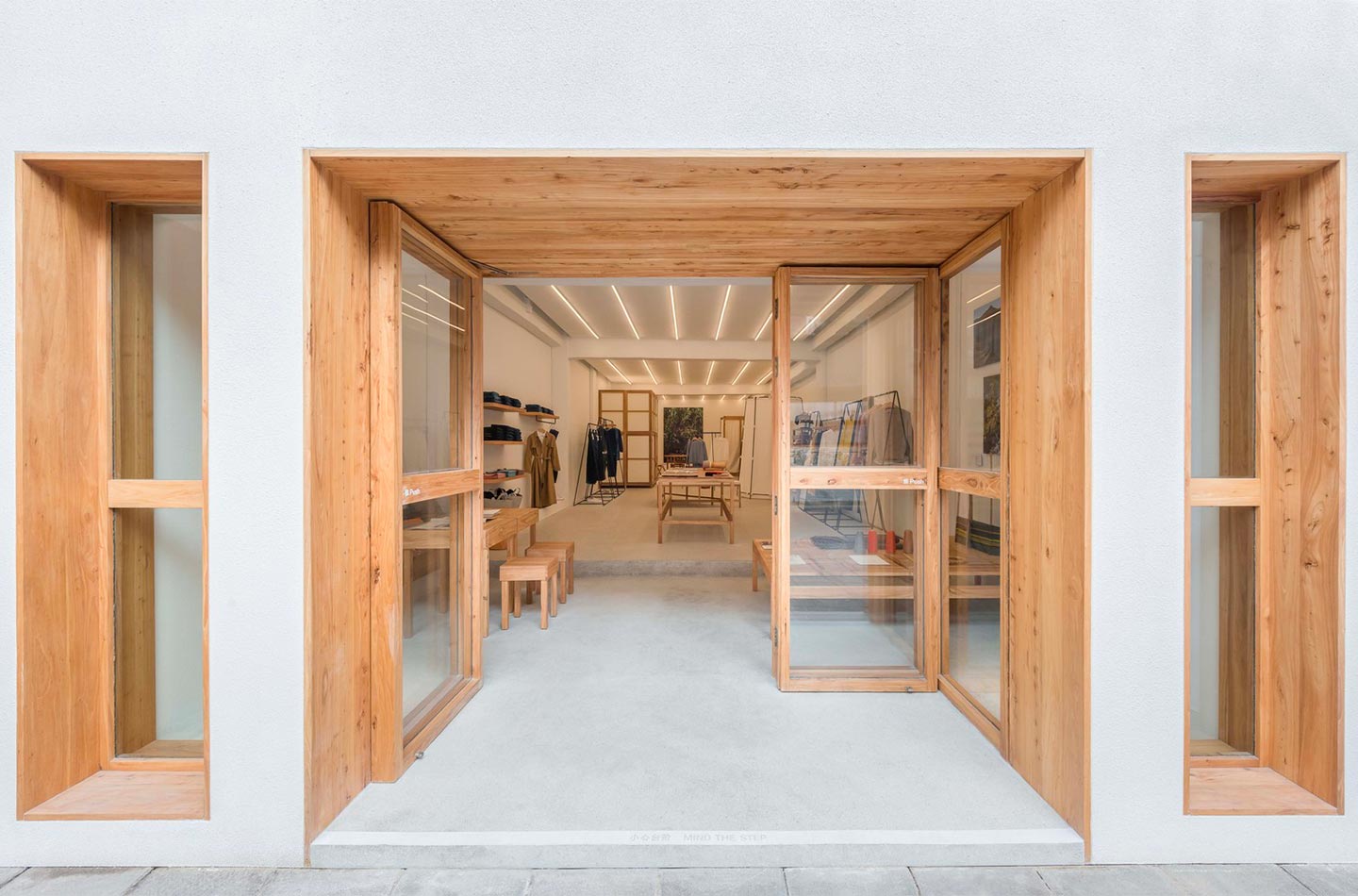
klee klee fashion store in Shanghai by Aim architecture Just consider klee klee as a representative of Chinese slow fashion brands. SShanghai-based klee klee is a ZUCZUG brand founded in 2010. Reconnecting with natural rhythms and lifestyles through sustainability, eco-friendliness and minimalist design, klee klee means “to slow down” in Tibetan. The brand’s logo translates its mission into sign language by encouraging a slow natural rhythm and insisting on eco-friendly values.
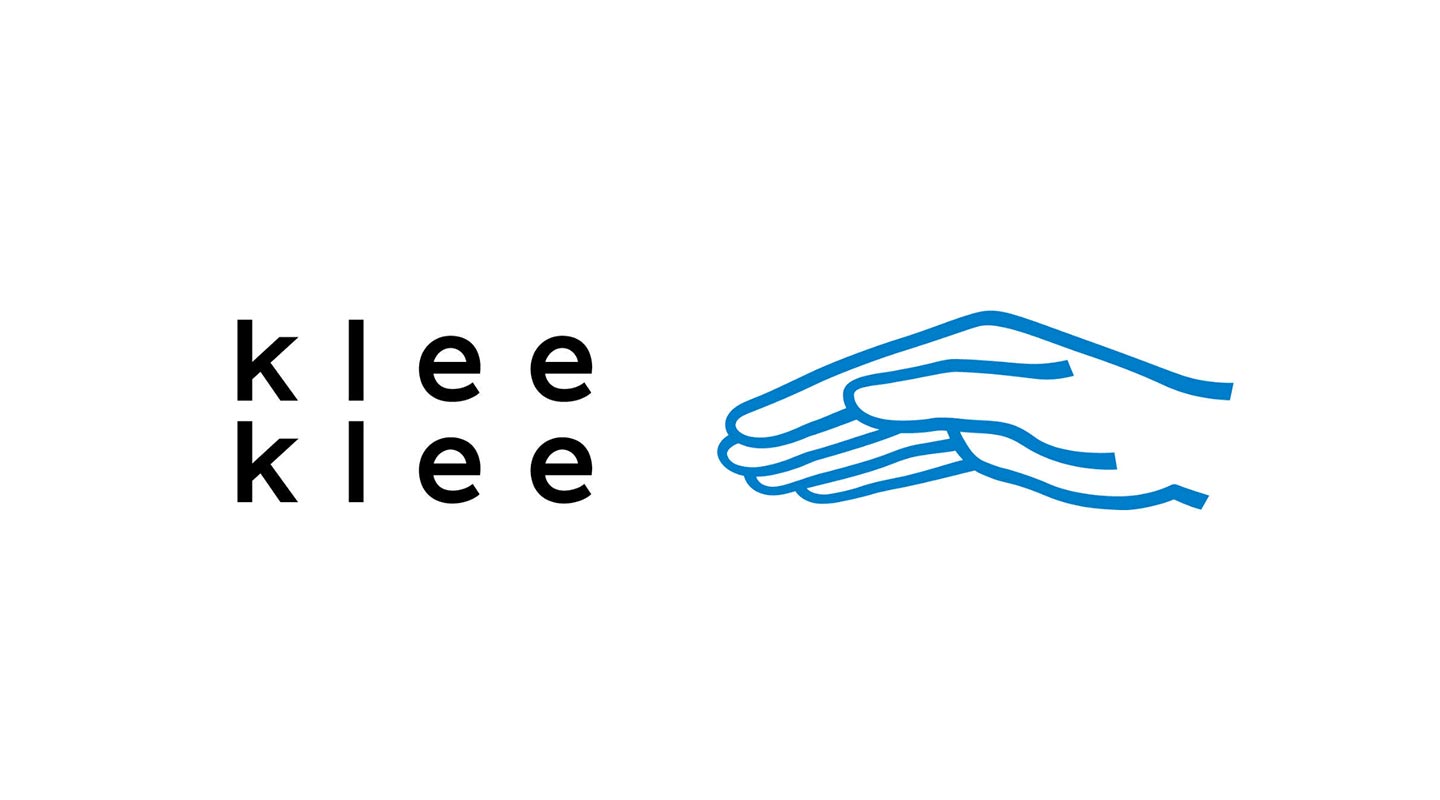
klee klee's logo. Source: zuczug.com Read these insights if you wonder how this emerging Chinese brand is helping to shift consumer mindsets from quantity to quality while encouraging people to buy high-quality items less often.
Do they work to offer a better fit, pay greater attention to detail, and extend their product lifespan? Klee klee does, as they offer consumers free repair and recycling services to maximise their garment durability.
At klee klee, can you find more environmentally friendly or higher-quality fabrics? Their products, using eco-friendly fibres, are often made from green cotton (GOTS), green wool, linen, and green silk with no pesticides.
Do klee klee changemakers care about reducing material waste and fighting pollution? With eco-friendly production processes, they strive to introduce natural colours and vegetal dyes into their creative practice. So, klee klee uses alternative plant-extracted materials instead of chemical substances.
What about corporate social responsibility? At klee klee, they launched a project to preserve and promote the cultural heritage of China’s ethnic minorities sustainably.
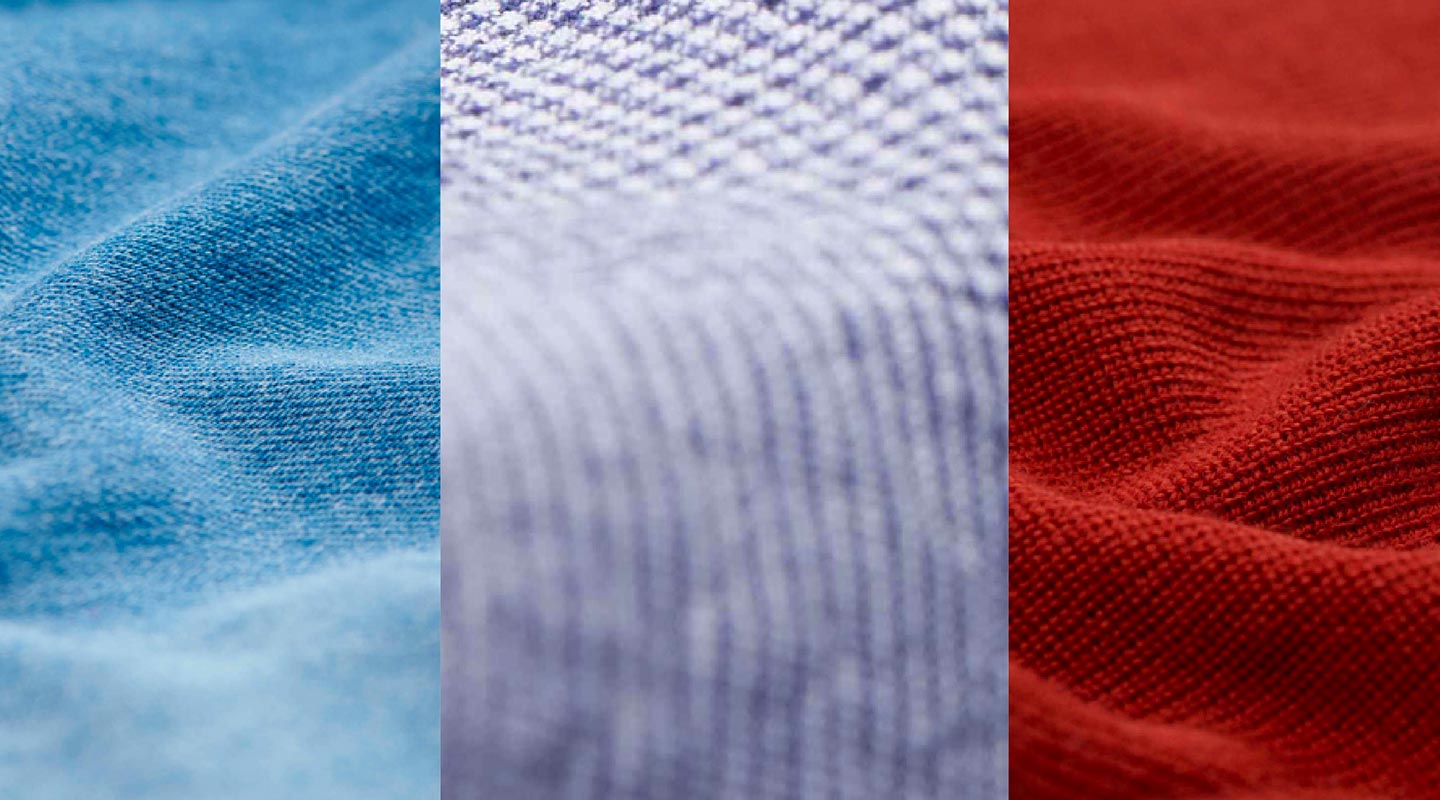
The fabrics used in klee klee’s products. Source: zuczug.com
Sustainable consumption has potential in China
As China’s young consumers are becoming more ready for sustainable fashion, slow fashion is gaining new ground in the Land of the Dragon. Chinese Gen Zers not only see recycled materials as added value but also consider green items somewhat cool.
With signs of change emerging on social media and the rise of video bloggers promoting a sustainable lifestyle, Chinese eco-friendly brands are looking to appeal to a newer generation who believe in responsible practices.
Moreover, according to the China findings in the Global Consumer Insights Survey 2021 by PwC, 74 per cent of Chinese consumers tend to choose brands with traceable sources and transparent origin, while the proportion of global consumers is only 56 per cent.
In a more detailed discussion, the rise of slow fashion – as one of the categories of sustainable fashion – in China stems mainly from the following aspects:
- Chinese government Sustainable Development Goals 2030: China will strive to peak carbon dioxide emissions before 2030 and achieve carbon neutrality before 2060;
- Cultural Diversity: Since the founding of the People’s Republic of China, 56 ethnic groups have been identified and confirmed by the central government. Over the past 60 years, the total population of ethnic minorities has constantly increased, comprising a rising proportion of China’s total population. Of course, each ethnic group has a rich heritage of intangible cultural resources.
- Young People Lead the Way: Thanks to higher incomes and higher education, young Chinese are actually more inclined to change their purchasing behaviour based on sustainability concerns.
- Companies Moving Out of China: With increasingly more companies looking for alternative sourcing markets in Asia, Chinese textile and manufacturing factories have been moving to Southeast Asian countries, improving China’s working environment and workers’ wages.
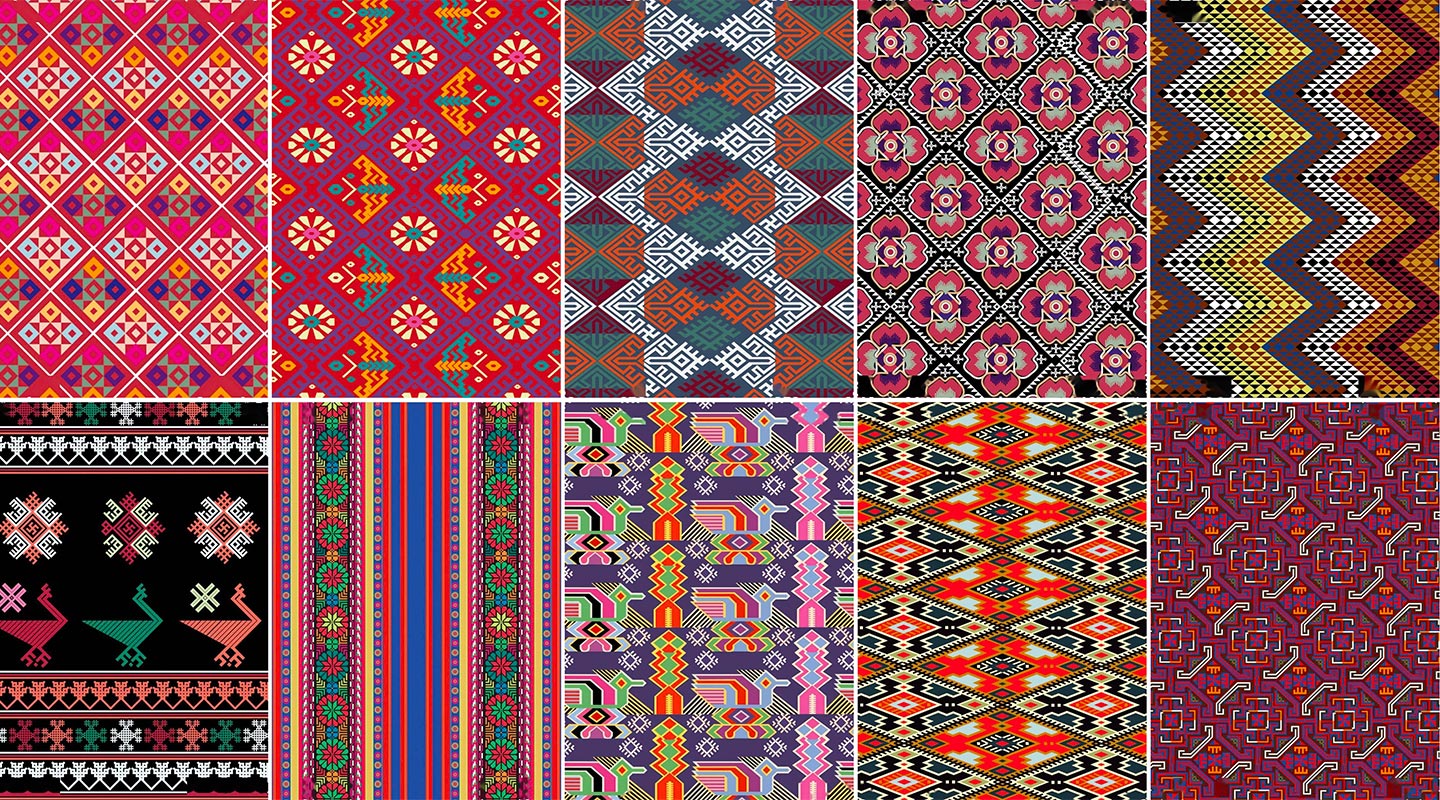
Handicraft works by ethnic minority groups in China. Source: China Academy of Art, 2020 With the nationwide emphasis on environmental protection and the global wave of sustainable fashion development, new Chinese sustainable fashion brands are emerging at a steady pace. We can also expect the “old” labels to take more responsibility and improve their social and environmental practices.
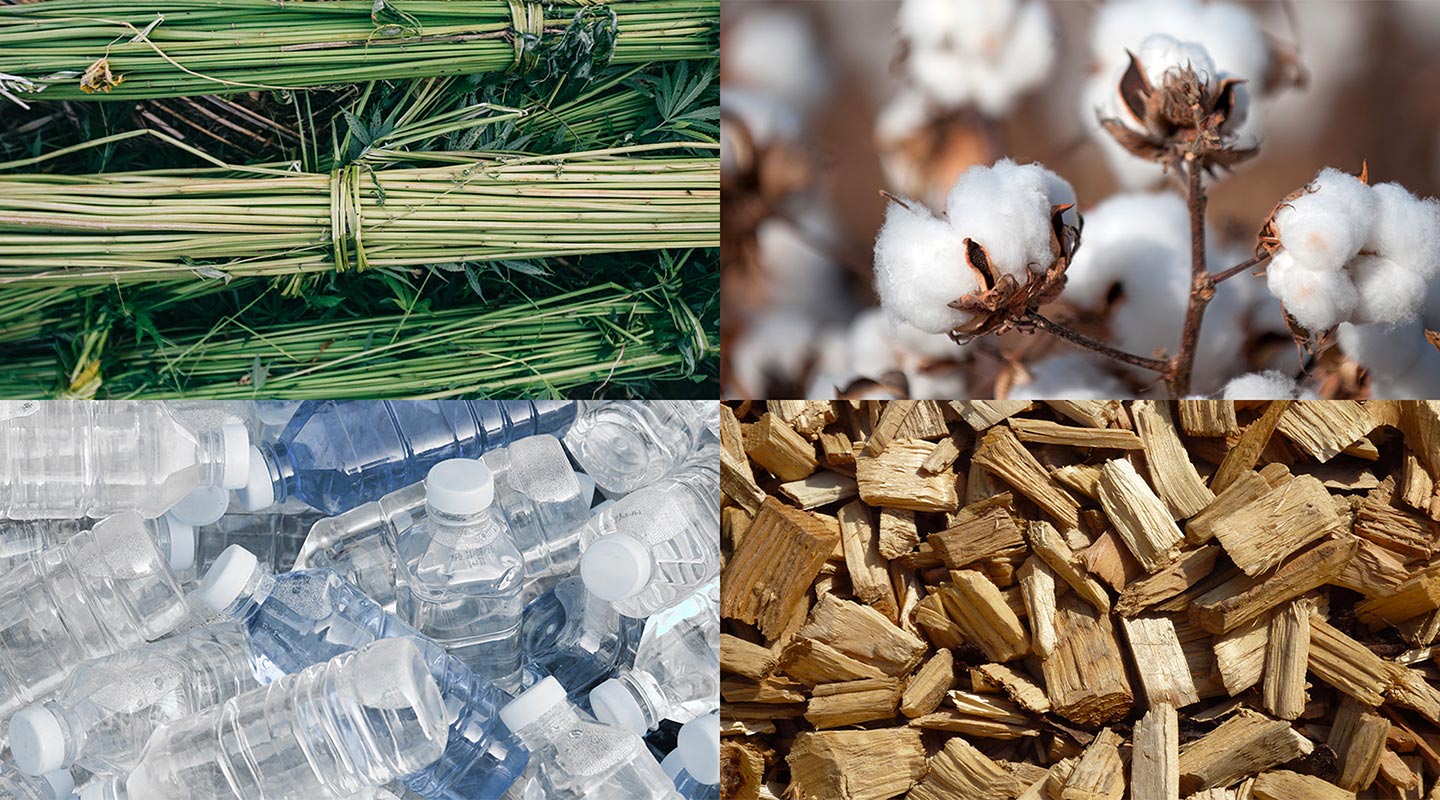
Fibers used by Bastine, a sustainable textile producer and manufacturer, also a member of the Fair Wear Foundation (the first brand to join FWF in China). Source: Bastine.com

